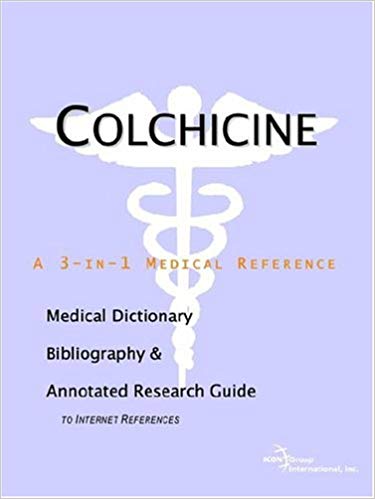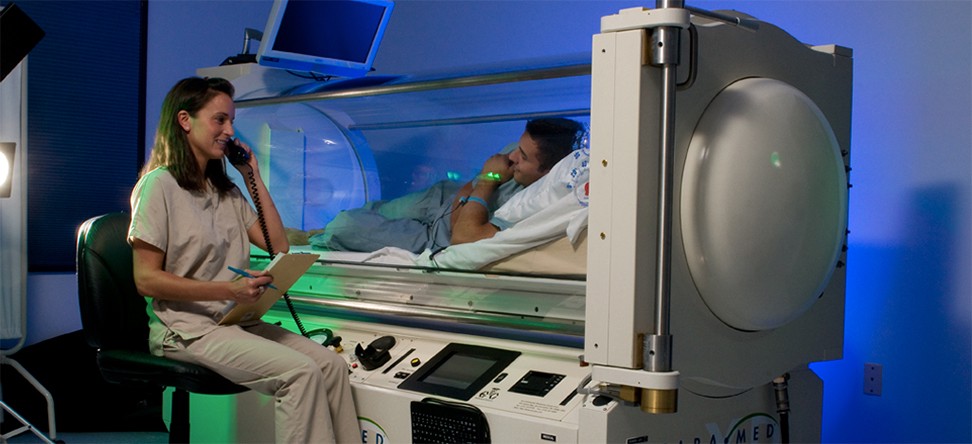Brown recluse bites can be scary and without a doubt unwelcome. Brown recluses are not the easiest spiders to stumble upon. They live up to their name and prefer to be left alone like their reclusive name entails.
Brown recluse spiders are not naturally biters but if they feel threatened or trapped, they will bite. Brown recluse spiders are one of the most dangerous and poisonous spiders if they do bite you. Their harmful venom produces painful effects and the bites must be treated with upmost care and urgency.
What Do Brown Recluse Spiders Look Like?

Another name for the brown recluse is the “violin spider”. Brown recluses are different than any other spider in that they only have six eyes instead of the typical eight found in arachnids. The violin nickname comes from the appearance of the spider because there is a violin shaped marking on the spider’s back.
Identifying brown recluses is crucial knowledge if you live in an area where brown recluses live. Brown recluses are native to the United States in the areas between Nebraska and Ohio and Texas to Florida. The main way to identify this elusive spider is to notice the color of the spider.
The brown recluse has a sandy brown or tan body with a slightly darker marking at its center that is shaped like a violin. They dark center can also be dark brown or even sometimes yellowish in color. It can be hard to know for sure if a spider is a brown recluse.
Commons misidentifiers are that brown recluses do not have stripes, they only have two main color pigments and their legs have a similar color as their bodies. The main feature is the violin shape, which sets the spider apart from the rest.
Where Do Brown Recluse Spiders Live?
Brown recluses live primarily in the southeastern United States. They are mainly found in 15 states. These 15 states are Alabama, Arkansas, Georgia, Illinois, Iowa, Kansas, Kentucky, Louisiana, Mississippi, Missouri, Ohio, Oklahoma, Tennessee, and Texas.
However, they can appear in other states. Reports of Brown Recluse spiders have even come from as far North as Minnesota.
As mentioned above, brown recluses are true to their name. They love to hang out in hidden, dark places and usually like to build their webs out of the way of action. They reside in dry places that have not been inhabited for a while.
Brown recluses have optimal zones where they love to live. These places include dry woodpiles, cardboard boxes, sheds, closets, basements, attics and in rotting wood. These are just a few of the popular places these little critters make their home.
Brown recluses make loose, off-white or grayish webs that are loose in architectural design. Brown recluse spiders are typically three-eights of an inch long and about three-sixteenths of an inch wide.
The male version of these arachnid beings is slightly smaller than the female versions but the females have longer legs. These spiders are also covered in thin, fine hairs, which give it an overall velvety appearance.
How To Identify Brown Recluse Bites

If you think a brown recluse may have bitten you, it is imperative to seek emergency medical attention. Brown recluse spiders posses extremely venomous poison and can produce life-threatening results if a bite goes untreated.
Each brown recluse bite is completely different and reactions vary depending on the person’s sensitivity to the venom and the amount of venom released from the spider. Some people experience no reaction at all while other people experience painful reactions almost right away.
Most people are not even under the impression that they were bitten before they start feeling symptoms. It can take up to a day or two for symptoms to appear and usually start with pain or redness at the site of the spider bite.
A sore or ulcer appears usually in the form of a small, white blister. Sometimes the tissue may become hardened and the lesion can become dry, blue-gray or blue-white patches with rough edges and red, swollen patches.
Symptoms of brown recluse bites vary and can range anywhere from joint pain to seizures to harsh pain. Common symptoms from brown recluse spider bites include fever, chills, nausea, lethargy and in rare cases, coma.
General discomfort, wound pain, puss and sweating are also symptoms of brown recluse bites. They usually begin to itch intensely and become a deep purple or blue color after a few days.
The color palette of the brown recluse bite is notoriously named ‘red, white and blue.’ Sometimes the bite creates a volcanic shaped legion and open wounds left unattended can be as large as a human hand.
4 steps to treat a brown recluse bite
Treating a brown recluse bite is equally tricky and simple. There is no anti-venom to counteract the poison released from the spider during the bite, so people who fall victim to a bite must treat it accordingly and wait for the poison to work itself out of the body.
Most bites respond stunningly well to elevation, ice, and rest. These four common remedies must be done consistently and regularly to ensure proper treatment:
- The first step in treating a brown recluse bite is to ice the bite. Ice will help in decreasing both the inflammation and pain from the brown recluse bite. Wrap a towel around a plastic bag with ice in it and put it on the spider bite site for fifteen minutes at a time.
- Prop your bite area up on a pillow or something to keep it elevated. The bite must be elevated above the level of the heart.
- Another method to help reduce swelling and decrease pain is to use a compression bandage to compress the wound. This is known to keep swelling down and in turn, lower pain level in brown recluse bite victims.
- If you suspect that you’ve been bitten by a Brown Recluse spider, it’s vital to visit your doctor or the Emergency Department as soon as possible to prevent the poison from damaging a large amount of your tissue.
medications to help treat brown recluse bites
Antibiotics are given to victims of brown recluse spider bites in the case of infection caused by bacteria. They are sometimes given in severe cases to prevent infections in larger spider bite wounds.

Colchicine is a medicine used to treat gout and is sometimes used to treat brown recluse bites. It is a prescription drug that is available under the brand name drug of Colcrys and the capsule form is available as the brand-name drug Mitigare.
Over the counter medications are also great in aiding with brown recluse spider bite treatment. Pain relievers such as acetaminophen, ibuprofen or an antihistamine like Benadryl, Chlor-trimeton are great for decreasing itching.
Steroids can be given to decrease swelling associated with a brown recluse bite. The Td vaccine can be given to help prevent tetanus and diphtheria in the form of a booster shot.
Blood and urine tests are also typically done to test for infections and other abnormalities regarding Brown Recluse bites.
Other Treatments for Brown Recluse Bites
Surgery can be needed in some of the more severe cases of brown recluse spider bites. This is in the cases where the damaged tissue surrounding the bite wound needs to be removed. However, the majority of brown recluse spider bites cause little permanent damage.
Sometimes you have to wait for the wound to completely heal to assess the permanent damage made to the skin. The brown recluse bite is notorious for being slow to develop and demonstrates symptoms.
Necrosis of the skin, which means death of the skin, occurs within the first 96 hours of the initial spider bite. Early surgery is ideal to manage necrotic lesions because they can be difficult to work with and doing the surgery does not guarantee improved outcomes.
The most important piece of the treatment for brown recluse spider bites is to carefully clean the bite sound. Cleaning the bite with a mild soap and water immediately is the number one step to treat a brown recluse bite.
Keep a careful watch on the bite to make sure the brown recluse bite does not get infected. Make sure to continuously clean the bite to ensure the most clean and sterile environment possible.
 Hyperbaric oxygen therapy or H.B.O. is a method to transport more oxygen into your body by way of your tissues and blood. This type of therapy literally puts someone inside of a hyperbaric pressure chamber for different amounts of time.
Hyperbaric oxygen therapy or H.B.O. is a method to transport more oxygen into your body by way of your tissues and blood. This type of therapy literally puts someone inside of a hyperbaric pressure chamber for different amounts of time.
how to prevent a brown recluse bite
 Check your sheets before getting into your bed and clean out cluttered corners regularly. Keep woodpiles and trash build-up to a minimum. Wear gloves and cover arms and legs completely while removing wood or cleaning up junk piles.
Check your sheets before getting into your bed and clean out cluttered corners regularly. Keep woodpiles and trash build-up to a minimum. Wear gloves and cover arms and legs completely while removing wood or cleaning up junk piles.
other facts that are important to know
Brown recluse spiders do not attract and kill prey in their webs like the majority of spiders. Brown recluse spiders actually hunt for their prey at night and they also will feed on prey that is already dead. They are especially attracted to recently dead insects.
Some of brown recluse spider’s favorite foods are crickets and cockroaches. They inject their venom to reduce the tissue consistency of the body. They consume what they can of the body and then leave the shells of the prey at the site of the crime.
Brown recluse spiders are said to live two to three years as adults. So, if you saw one recently, it’s probably still around and the best option may be to contact an exterminator.

Leave a Comment